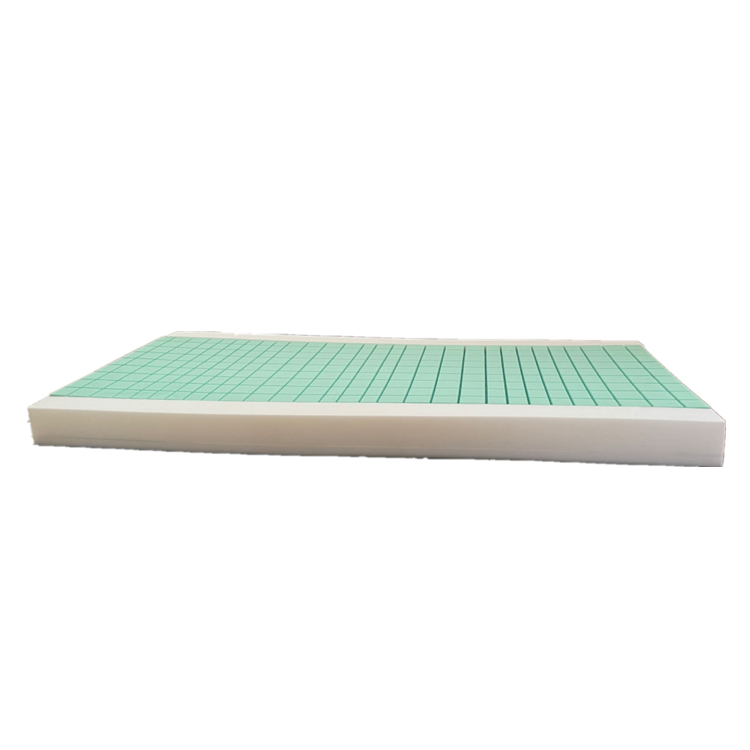Exporter of Innovative Solutions for Anti-Pressure Sore Mattresses Worldwide
The Growing Importance of Anti-Pressure Sore Mattresses for Export
In recent years, the global healthcare market has witnessed a surge in the demand for specialized medical equipment, particularly in response to the increasing prevalence of pressure sores, also known as bedsores or pressure ulcers. Among the key innovations within this sector are anti-pressure sore mattresses. These mattresses are specifically designed to distribute weight evenly, reduce friction, and promote blood circulation, which greatly aids in preventing the occurrence of pressure sores. The export market for these mattresses is experiencing significant growth, driven by various factors including aging populations, rising healthcare expenditures, and a greater emphasis on patient care.
Understanding Pressure Sores
Pressure sores develop when sustained pressure on specific areas of the skin restricts blood flow to those areas, leading to tissue damage and ulceration. They are particularly common among individuals with limited mobility, such as the elderly or those recovering from surgery. The condition can lead to increased medical costs, prolonged hospital stays, and can severely impact the quality of life of affected individuals.
To combat this pressing issue, healthcare facilities are increasingly investing in advanced solutions like anti-pressure sore mattresses. These mattresses often incorporate innovative materials and technologies, including memory foam, gel layers, and alternating pressure systems that help mitigate the risk of developing pressure sores.
The Features of Anti-Pressure Sore Mattresses
The primary function of anti-pressure sore mattresses is to alleviate pressure on vulnerable areas of the body. Here are some notable features that contribute to their effectiveness
1. Pressure Redistribution These mattresses are designed to distribute body weight evenly across the sleeping surface, which reduces localized pressure points that can lead to sores.
2. Breathable Materials Many anti-pressure sore mattresses are made from breathable, moisture-wicking materials that reduce heat and humidity, thus preventing skin breakdown.
3. Alternating Pressure Systems Some advanced models feature alternating pressure technology, which continuously changes the pressure on the body’s surface, promoting blood flow and reducing the risk of tissue damage.
4. Customizability Many manufacturers offer customizable options to suit individual patient needs, including firmness adjustments and sizing tailored to specific beds.
anti pressure sore mattress exporter

Market Dynamics and Export Opportunities
The demand for anti-pressure sore mattresses is not confined to domestic markets; it presents significant opportunities for exporters as well. Several factors are driving this trend
- Aging Population With populations in developed countries aging, the need for enhanced elderly care solutions has intensified. As more individuals require hospital and home care, the demand for anti-pressure sore mattresses will continue to rise.
- Global Health Awareness Increasing awareness of pressure ulcer prevention among healthcare providers and caregivers is stimulating growth in the demand for specialized products.
- Technological Advancements Innovation and improvement in mattress technology are creating opportunities for exports, as countries seek the latest in medical care solutions.
- Healthcare Infrastructure Development Emerging markets are investing heavily in healthcare infrastructure, paving the way for new partnerships and export opportunities for manufacturers of anti-pressure sore mattresses.
Challenges in the Export Market
While the prospects for the anti-pressure sore mattress export market are bright, there are challenges to consider. Compliance with various international regulations and standards for medical devices is crucial. Manufacturers must ensure that their products meet the specific needs and standards of diverse markets, which involves careful research and adaptation.
Furthermore, competition in the market can be fierce. Manufacturers must differentiate their products through innovation, quality, and service to establish a strong presence in the international market.
Conclusion
The export of anti-pressure sore mattresses represents a promising segment of the healthcare product market. As the global emphasis on patient-centered care continues to grow, the need for effective solutions to prevent pressure sores will only intensify. Manufacturers who can adapt to market demands, navigate regulatory environments, and innovate will likely find significant opportunities in this expanding market, contributing to improved patient outcomes worldwide. The future of healthcare is undoubtedly intertwined with the development and export of comprehensive solutions that address critical health issues like pressure sores, positioning anti-pressure sore mattresses as essential components in modern healthcare strategies.
-
The Effect of Coconut Foam Mattress Breathability and Humidity Regulation on Improving Sleep QualityNewsJul.03,2025
-
How Wave Mattress Systems Improve Blood Circulation During ImmobilityNewsJul.03,2025
-
The Climate-Adaptive Sleep Revolution: Exploring the Benefits of Cooling Gel Memory Foam MattressesNewsJul.03,2025
-
Exploration of the Role of Coconut Foam Mattress in Preventing Bedsores in the ElderlyNewsJul.03,2025
-
Comparing Wave Mattress and Air Mattress: Which Is Better for Medical Use?NewsJul.03,2025
-
Analysis of Comfort and Environmental Performance of Natural Latex and Coconut Foam MattressNewsJul.03,2025
-
Multi-Layer Construction for Enhanced Performance in Gel Mattress PadNewsJun.24,2025

